business / REAL-ESTATE / finance /
books
Reading books about real estate investing, finance, and business is recommended for anyone starting their real estate investment journey because it provides a wealth of information and insights on the industry. Books written by experts and successful investors offer practical advice and strategies for navigating the real estate market, managing finances, and growing a successful business. By reading these books, you can gain a deeper understanding of the principles and best practices of real estate investing, and develop the knowledge and skills necessary to make informed decisions and achieve your investment goals. Whether you are a beginner or an experienced investor, reading books can help you stay up to date on industry trends and continuously improve your skills.
the millionaire real estate investor
Author name: Gary Keller (Founder, Keller Williams Realty)
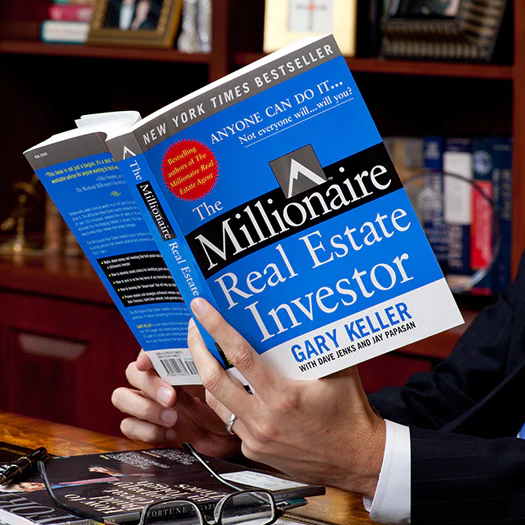
Buy it here
The Millionaire Real Estate Investor by Gary Keller is a comprehensive guide to real estate investing. The book outlines the key principles, strategies, and techniques used by successful real estate investors to build wealth and financial freedom. Throughout the book, Keller shares his own experiences and insights, drawing upon his decades of experience as a real estate investor and entrepreneur.
The book starts by discussing the importance of having a clear vision and goal for your real estate investments. Keller emphasizes the need to align your investments with your personal values, beliefs, and financial objectives. He also stresses the importance of creating a detailed plan and taking consistent action towards your goals.
One of the key principles outlined in the book is the importance of market knowledge. Keller argues that to be successful in real estate investing, you must have a deep understanding of the market you are investing in. This includes knowing the local real estate trends, demographics, and market conditions. He also emphasizes the need to continually educate yourself on the industry and stay up-to-date on market changes.
Another key aspect of the book is the focus on financial management and discipline. Keller stresses the importance of managing your finances wisely and keeping a close eye on your expenses and investments. He also outlines various strategies for reducing debt and maximizing returns, including leveraging, diversifying your investments, and creating passive income streams.
Throughout the book, Keller shares his own strategies and techniques for finding, analyzing, and acquiring investment properties. He covers topics such as market analysis, property evaluation, negotiation, and closing deals. He also provides practical advice on managing properties, including how to find and manage tenants, and how to handle property maintenance and repairs.
The Millionaire Real Estate Investor also provides a comprehensive overview of the various investment strategies and approaches used by successful real estate investors. These include buy and hold, flipping, and developing properties. Keller provides detailed explanations of each strategy, including the pros and cons, and the risks and rewards associated with each.
Finally, the book concludes with a discussion of the mindset and habits that are essential for success in real estate investing. Keller emphasizes the importance of maintaining a positive attitude, developing a growth mindset, and continuously learning and improving. He also stresses the importance of developing a strong network of like-minded individuals, including mentors, investors, and industry professionals.
In conclusion, The Millionaire Real Estate Investor by Gary Keller is a must-read for anyone interested in real estate investing. The book provides a comprehensive and practical guide to the industry, covering all aspects of real estate investing from market analysis and property evaluation to financial management and mindset. Whether you are a beginner or an experienced investor, this book is sure to provide valuable insights and strategies for building wealth and financial freedom through real estate investing.
rich dad poor dad
Author name: Robert Kiyosaki
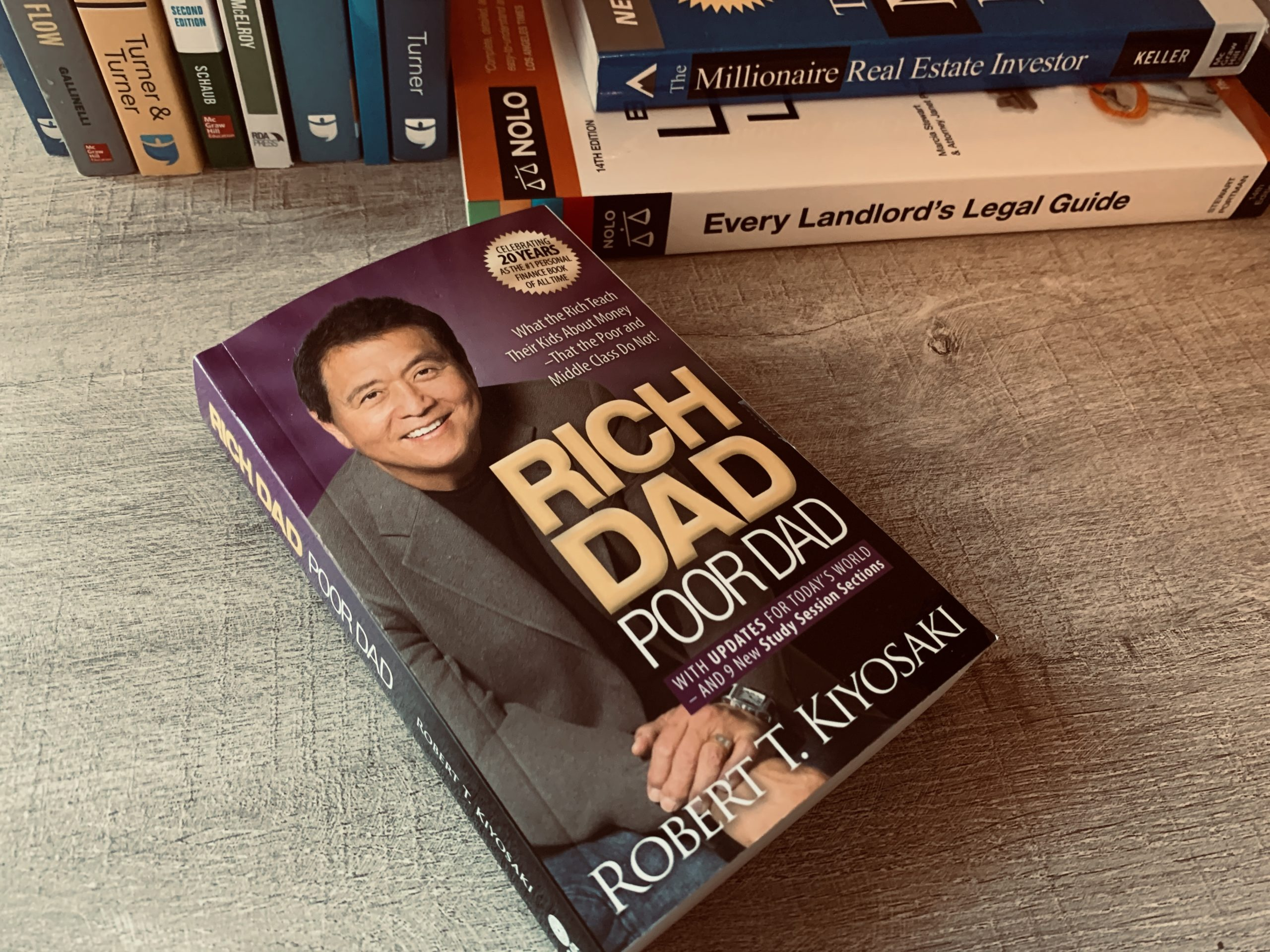
Buy it Here
"Rich Dad Poor Dad" is a best-selling personal finance book written by Robert Kiyosaki. The book explores the lessons he learned from his two fathers – his biological father, who was a highly educated but financially struggling individual, and his best friend's father, who was a successful entrepreneur and real estate investor.
The book highlights the differences in the way each of his fathers viewed money and the financial education they provided him. The "rich dad" taught Kiyosaki that the traditional approach to money – getting a good job, saving, and investing in stocks and bonds – was not the path to wealth. Instead, the "rich dad" emphasized the importance of understanding and using financial instruments such as real estate, business, and investments to create passive income streams.
The book goes on to discuss the importance of financial education and the role it plays in building wealth. Kiyosaki argues that traditional schools do not teach financial literacy and that individuals must take it upon themselves to learn about money and investing. He also stresses the importance of taking calculated risks, developing multiple streams of income, and having a growth mindset.
Kiyosaki highlights several key concepts that are central to building wealth, including the difference between assets and liabilities, the power of leverage, and the importance of tax planning. He also stresses the importance of developing entrepreneurial skills, as he believes that businesses and investments offer the greatest potential for wealth creation.
The book also touches on the psychological barriers to wealth, including fear, complacency, and negative beliefs about money. Kiyosaki encourages readers to challenge these limiting beliefs and to take action towards building wealth, regardless of their current financial situation.
Overall, "Rich Dad Poor Dad" offers a refreshing perspective on personal finance and wealth-building, challenging traditional approaches and providing practical advice and strategies for building wealth through real estate, business, and investments. The book has inspired many individuals to take control of their finances and pursue financial independence.
In conclusion, "Rich Dad Poor Dad" is a must-read for anyone looking to improve their financial literacy and build wealth. The book's message of taking control of your finances, taking calculated risks, and continuously educating yourself about money and investing is timeless and can be applied to anyone looking to achieve financial freedom.
cashflow quadrant
Author name: Robert Kiyosaki

Buy it Here
"Cashflow Quadrant" is a book written by Robert Kiyosaki that offers a financial education and highlights the importance of financial literacy. The book is designed to help readers understand the different ways to generate income and build wealth, and encourages them to take control of their financial future.
The central idea of the book is the "Cashflow Quadrant," which is a diagram that illustrates the four types of people in the world of money: employees, self-employed individuals, business owners, and investors. According to Kiyosaki, the key to financial success lies in moving from being an employee or self-employed individual to becoming a business owner or investor.
The first two categories on the quadrant, employees and self-employed individuals, are often referred to as the "left side" of the quadrant. People in these categories typically work for someone else or for themselves, and their income is limited by the amount of time they are willing and able to work. They also tend to have a limited understanding of finance and investing, and their financial futures are largely dependent on their employer or their own ability to generate income.
On the other hand, business owners and investors are on the "right side" of the quadrant. They have a greater understanding of finance and investing, and they are able to generate passive income through their investments. They also have more control over their financial future, as their income is not limited by the number of hours they are willing to work.
One of the key messages of "Cashflow Quadrant" is that it is possible for anyone to move from one side of the quadrant to the other, regardless of their background or current financial situation. Kiyosaki stresses the importance of education and learning about finance, investing, and entrepreneurship in order to achieve financial success.
The book also touches on the importance of taking risks and being open to new opportunities. Kiyosaki argues that many people are held back by fear and a lack of understanding when it comes to investing and entrepreneurship, and that taking calculated risks and embracing change is essential for financial success.
Throughout the book, Kiyosaki provides real-life examples and personal anecdotes to illustrate his points and make the concepts easier to understand. He also includes practical advice and strategies for building wealth, reducing debt, and creating passive income streams.
In conclusion, "Cashflow Quadrant" is a comprehensive guide to personal finance and wealth-building that is designed to empower readers to take control of their financial future. It provides a clear understanding of the four types of people in the world of money, and encourages readers to educate themselves, take risks, and embrace change in order to achieve financial success. Whether you are a beginner or an experienced investor, this book is a valuable resource that offers insights and practical advice on how to build wealth and achieve financial freedom.
THE RICHEST MAN IN BABYLON
Author name: George S. Clason

Buy it Here
"The Richest Man in Babylon" is a classic personal finance book that explores the principles of wealth creation and financial success. The book is written in the form of a series of parables set in the ancient city of Babylon, where the title character, Arkad, becomes the richest man in the city through the application of timeless financial wisdom.
Here are the key lessons that real estate investors can take away from the book:
Start thy purse to fattening: The first step to building wealth is to ensure that you have a steady stream of income. In the book, the characters are encouraged to live below their means and save at least 10% of their income each month.
Control thy expenditures: It is important to understand the difference between needs and wants, and to focus on spending only on the things that are truly necessary. This will help to free up more money for investment.
Make thy gold multiply: Once you have a solid savings base, the next step is to put your money to work for you by investing in income-producing assets, such as real estate.
Guard thy treasures from loss: Diversification is key to reducing risk. Investing in a variety of properties, in different locations and price ranges, can help to minimize the impact of market fluctuations.
Ensure a future income: One of the most important aspects of investing in real estate is to ensure that your properties generate a steady stream of income, either through rental income or through appreciation.
Increase thy ability to earn: Continuously working on improving your skills and knowledge will increase your ability to earn more money, which in turn can be reinvested into more properties.
Learn to live on less than thou earnest: The habit of living below your means and saving regularly will ensure that you have the financial resources to pursue new opportunities and weather any financial storms that may arise.
In conclusion, "The Richest Man in Babylon" offers timeless wisdom for anyone looking to build wealth and financial security through real estate investment. By following the principles outlined in the book, real estate investors can lay the foundation for long-term financial success.
the power of positive thinking
Self-improvement developing positive mindset
Author name: Norman Vincent Peale
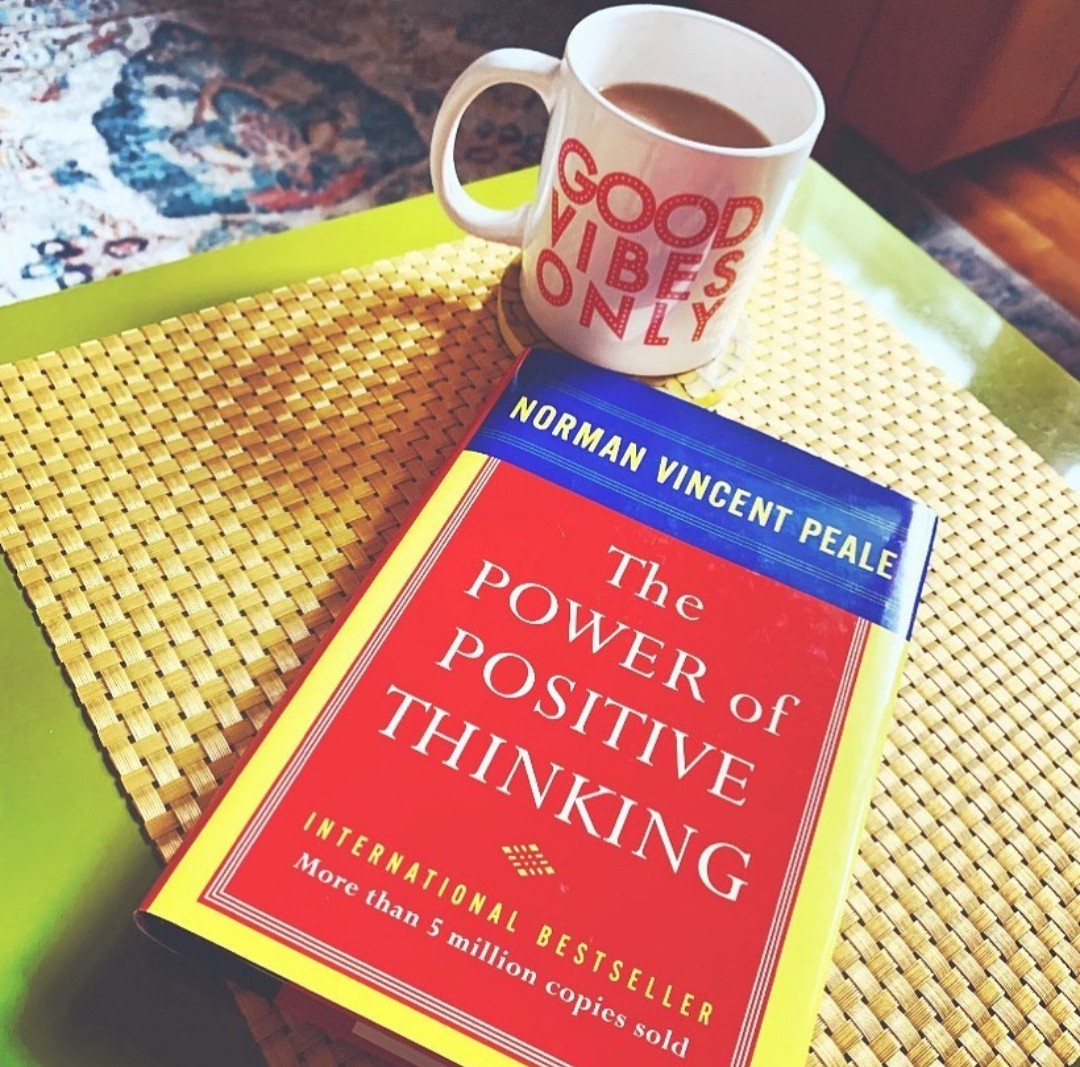
The Power of Positive Thinking is a self-help book written by Norman Vincent Peale, first published in 1952. The book has sold over five million copies worldwide and has been translated into numerous languages. It is a practical guide for people who want to live a happier and more fulfilling life by developing a positive mindset.
Peale’s book is based on the premise that positive thinking can have a profound effect on an individual’s life. He believes that anyone can change their thoughts and beliefs to create a better life. According to Peale, the power of positive thinking can help people overcome their fears, anxieties, and self-doubt, and enable them to achieve their goals.
The book is divided into ten chapters, each of which focuses on a different aspect of positive thinking. The first chapter, entitled “Believe in Yourself,” lays the foundation for the rest of the book. Peale emphasizes the importance of having faith in oneself and believing in one’s abilities. He suggests that we need to build our self-confidence by focusing on our strengths and accomplishments, rather than dwelling on our weaknesses.
The second chapter, “A Peaceful Mind Generates Power,” highlights the importance of mental calmness and the power of inner peace. Peale explains how negative thoughts and emotions can drain our energy and make us feel powerless. He suggests that we should learn to quiet our minds and focus on positive thoughts and feelings to generate the energy we need to achieve our goals.
The subsequent chapters explore various topics related to positive thinking, such as “How to Have Constant Energy” and “Expect the Best and Get It.” Peale provides practical advice and techniques to help readers develop a positive mindset, including affirmations, visualization, and prayer. He also offers real-life examples of people who have transformed their lives by adopting a positive attitude.
In conclusion, The Power of Positive Thinking is a classic self-help book that has inspired millions of readers around the world. It is a practical guide for anyone who wants to improve their life by developing a positive mindset. Peale’s book offers practical advice and techniques to help readers overcome their fears and doubts, and to achieve their goals. While the book has been criticized for oversimplifying complex issues, its message of hope and self-empowerment still resonates with many people today.
Norman Vincent Peale suggests several techniques to help readers develop a positive mindset and overcome negative thinking patterns. Here are some of the techniques that Peale recommends in his book, The Power of Positive Thinking:
Affirmations: Affirmations are positive statements that reinforce a person’s beliefs and goals. Peale recommends that readers use affirmations to train their minds to focus on positive thoughts and feelings. By repeating affirmations daily, a person can change their thinking patterns and beliefs.
Visualization: Visualization is a technique that involves creating a mental picture of the outcome that a person desires. By visualizing success, a person can attract the opportunities and resources they need to achieve their goals. Peale suggests that readers practice visualization by creating a mental picture of what they want to achieve.
Prayer: Peale also recommends the power of prayer as a way to connect with a higher power and receive guidance and support. He suggests that readers pray for guidance and strength in achieving their goals.
Self-talk: Peale emphasizes the importance of self-talk and encourages readers to talk positively to themselves. By changing the way they talk to themselves, a person can change their beliefs and attitudes.
Gratitude: Peale suggests that readers practice gratitude by focusing on the good things in their lives. By focusing on gratitude, a person can shift their attention away from negative thoughts and feelings.
Reframing: Reframing is a technique that involves changing the way a person perceives a situation. Peale suggests that readers practice reframing by looking at a situation from a different perspective. By reframing a situation, a person can change their emotional response to it.
Overall, Peale’s techniques are designed to help readers develop a positive mindset and overcome negative thinking patterns. By practicing these techniques, a person can change their thoughts and beliefs and achieve their goals.
the magic of thiking big
Mindset
Author name: David J. Schwartz

Buy it her
The Magic of Thinking Big is a self-help book written by David J. Schwartz that was first published in 1959. The book focuses on the concept that the way we think and the actions we take can have a significant impact on our success in life.
The author argues that successful people have a different mindset than those who are less successful. He suggests that those who think big and have a positive attitude are more likely to achieve their goals than those who do not. He further emphasizes that the ability to think big is not an innate talent but a skill that can be developed.
The book is divided into several chapters that focus on various aspects of thinking big. One of the key ideas presented in the book is the importance of setting high goals. The author suggests that people should not limit themselves and should aim for big goals that challenge them. He also emphasizes the need to take action towards these goals and not just wait for opportunities to come to us.
Another important aspect of thinking big is the ability to overcome fear and self-doubt. The author suggests that many people do not achieve their goals because they are afraid of failure. He emphasizes the importance of overcoming this fear and taking calculated risks to achieve success.
The book also emphasizes the importance of having a positive attitude. The author suggests that those who have a positive outlook on life are more likely to attract positive experiences and opportunities. He suggests that people should focus on their strengths and build on them rather than focusing on their weaknesses.
One of the key themes in the book is the importance of taking responsibility for one's own success. The author suggests that people should not rely on others to make things happen for them but should take charge of their own lives. He suggests that people should take ownership of their thoughts and actions and focus on achieving their goals.
The Magic of Thinking Big also emphasizes the importance of developing good habits. The author suggests that small changes in habits can lead to big changes in our lives. He encourages readers to develop positive habits such as time management, goal setting, and self-discipline.
In conclusion, The Magic of Thinking Big is a book that emphasizes the importance of having a positive attitude and taking action towards achieving our goals. It provides practical advice on how to develop the mindset needed to succeed in life. The book is a timeless classic that has helped millions of people achieve success in their personal and professional lives.
Here are some examples of thinking big that are described in The Magic of Thinking Big:
Set ambitious goals: One of the key aspects of thinking big is setting ambitious goals. The author suggests that we should not limit ourselves and aim for big goals that challenge us. For example, instead of aiming for a small promotion, we should aim for a higher position in the company.
Think creatively: Another aspect of thinking big is thinking creatively. The author suggests that we should look for new and innovative ways to solve problems and achieve our goals. For example, if we want to start a new business, we should look for unique ideas that set us apart from the competition.
Take calculated risks: Thinking big also involves taking calculated risks. The author suggests that we should not be afraid of failure and should take risks in order to achieve our goals. For example, if we want to start a new business, we should be willing to invest our time and money into it, even if there is a chance that it may fail.
Have a positive attitude: Another key aspect of thinking big is having a positive attitude. The author suggests that we should focus on our strengths and build on them, rather than focusing on our weaknesses. For example, if we are not good at public speaking, we should focus on improving our communication skills instead of dwelling on our weaknesses.
Take action: Finally, thinking big involves taking action. The author suggests that we should not just wait for opportunities to come to us, but should take action towards achieving our goals. For example, if we want to start a new business, we should create a business plan, find investors, and take the steps necessary to launch the business.
shoe dog
Business book: A Memoir by the creator of NIKE
Author: Phil Knight
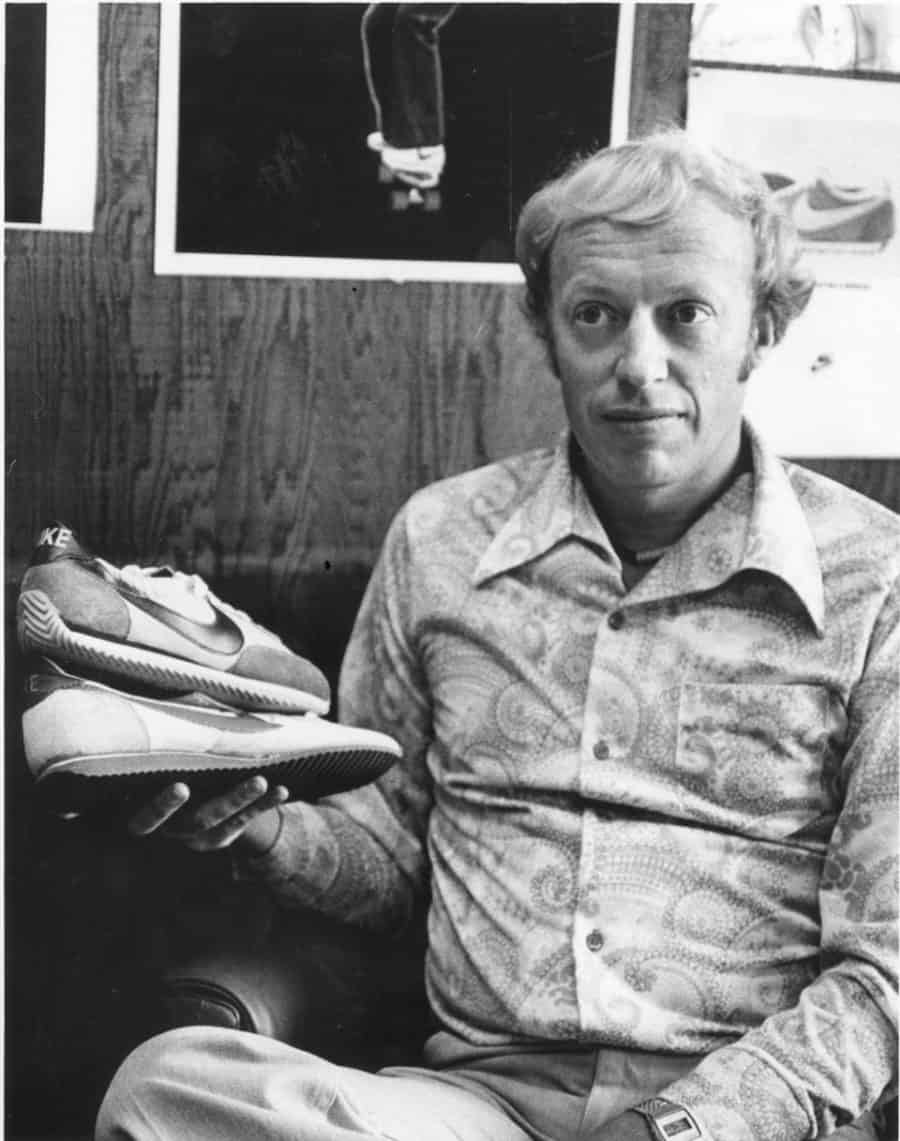
Buy it here
"Shoe Dog" by Phil Knight is a memoir of the co-founder of Nike, one of the world's most iconic and successful brands. It is a story of determination, creativity, and risk-taking that offers valuable insights into the world of entrepreneurship and business.
The book takes us through Phil Knight's journey, starting with his early days as a college student in the 1960s, to his time as a runner in Japan, to his eventual founding of Blue Ribbon Sports, the precursor to Nike. Through his experiences, we see how he navigated the challenges and opportunities of starting and growing a company in a rapidly changing market.
One of the key themes of the book is the importance of perseverance and resilience in entrepreneurship. Phil Knight faced numerous setbacks and obstacles throughout his journey, from financial struggles to intense competition. Yet, he was never deterred from his vision and always found a way to push forward.
Another key aspect of the book is the emphasis on creativity and innovation. Phil Knight was constantly looking for new and better ways to design, produce, and sell shoes, and his willingness to take risks and think outside the box allowed him to create a brand that resonated with consumers.
The book also provides valuable insights into the world of business and investing, showing how to navigate the complexities of the industry and make strategic decisions that lead to success. Phil Knight's approach to investing and decision-making was based on a deep understanding of the market and a long-term vision, and he was always willing to take calculated risks to achieve his goals.
In conclusion, "Shoe Dog" is a must-read for entrepreneurs and investors alike. It provides a unique and insightful look into the world of business and entrepreneurship and offers valuable lessons on perseverance, creativity, and risk-taking. With its inspiring story and practical advice, "Shoe Dog" is a book that will leave a lasting impact on anyone looking to start or grow a business.
one up on wall street
Book for Stock investment
Author name: Peter Lynch
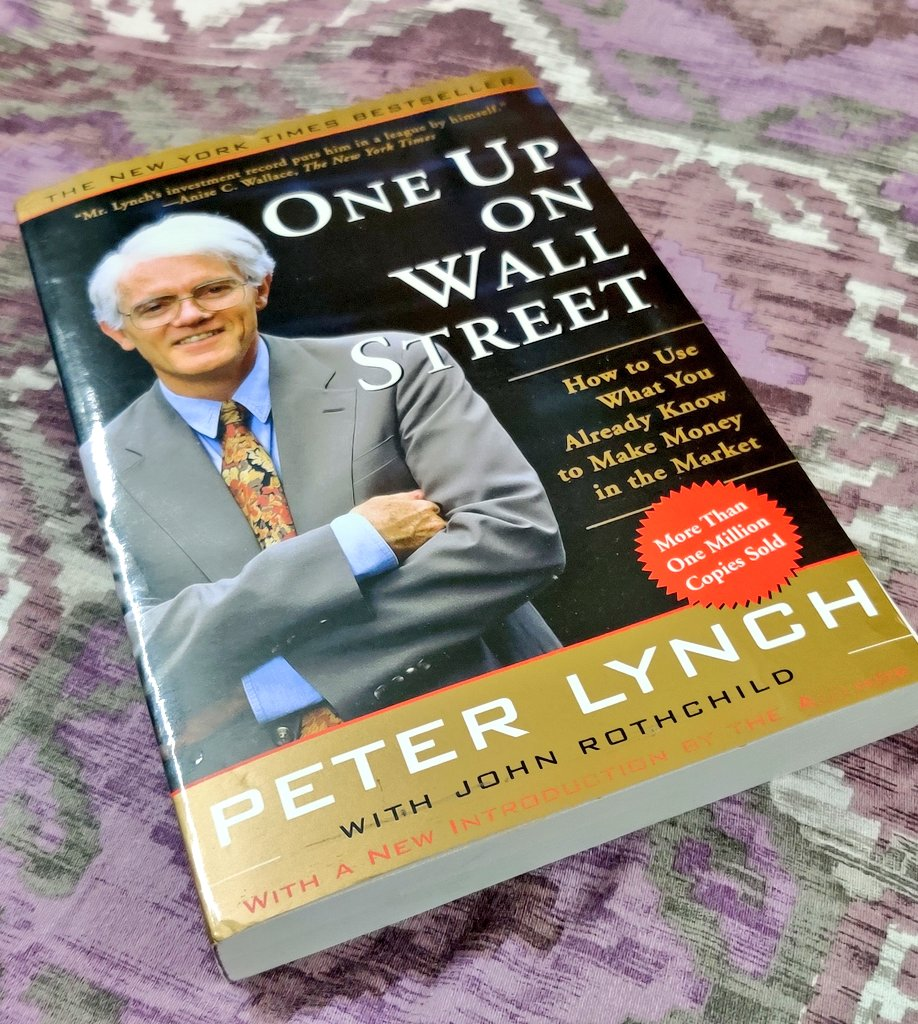
Buy it here
"One up on Wall Street" is a book written by Peter Lynch, a renowned stock market investor and former portfolio manager at Fidelity Investments. The book is a comprehensive guide to investing in the stock market and provides a unique perspective on how to analyze and select individual stocks.
Lynch believes that everyday investors have an advantage over professionals when it comes to stock selection. He believes that individuals are often in a better position to identify trends and changes in the market due to their personal experiences and observations. In this book, he provides valuable insights and strategies for selecting stocks and maximizing returns.
One of the key themes in the book is Lynch's emphasis on the importance of research and analysis when selecting stocks. He stresses that investors should be aware of a company's products, services, financial health, and competitive landscape. He also provides practical advice on how to evaluate stocks and make informed investment decisions.
The book is a great resource for entrepreneurs and investors as it provides a practical and realistic approach to stock market investing. Lynch's approach is grounded in his own experience as a successful portfolio manager and his insights on the stock market are insightful and valuable.
One up on Wall Street is also a great book for those who are new to investing or those who are looking to improve their investment strategies. The book provides a clear and concise explanation of stock market investing and the strategies that can be used to achieve success. It also provides practical advice on how to develop a long-term investment strategy and how to avoid common investment pitfalls.
In conclusion, "One up on Wall Street" is a must-read for entrepreneurs and investors. The book provides valuable insights into stock market investing and provides practical strategies that can be used to achieve success. Whether you are a seasoned investor or just starting out, this book will provide you with valuable insights and strategies that you can use to achieve your investment goals.
newsletter
Our newsletter is the perfect way to stay informed and up-to-date on all the latest news, events, and special offers related to our sites. By subscribing to our newsletter, you will receive regular updates and exclusive content, such as insider tips, new site features, and upcoming events.
Our newsletter is designed to provide you with a personalized experience, tailored to your interests and preferences. You can expect to receive engaging and informative content that will help you make the most of your visit to our sites.
So what are you waiting for? Sign up for our newsletter today and stay connected with all the latest happenings at our sites!